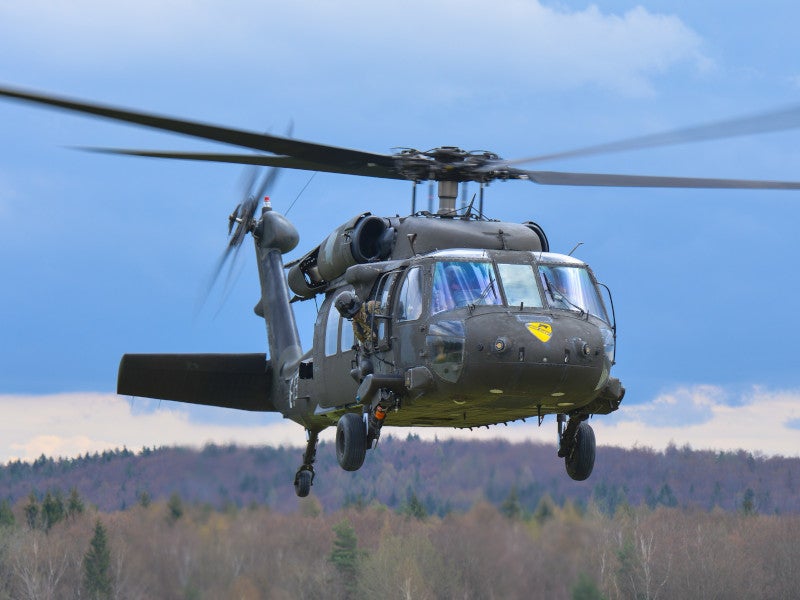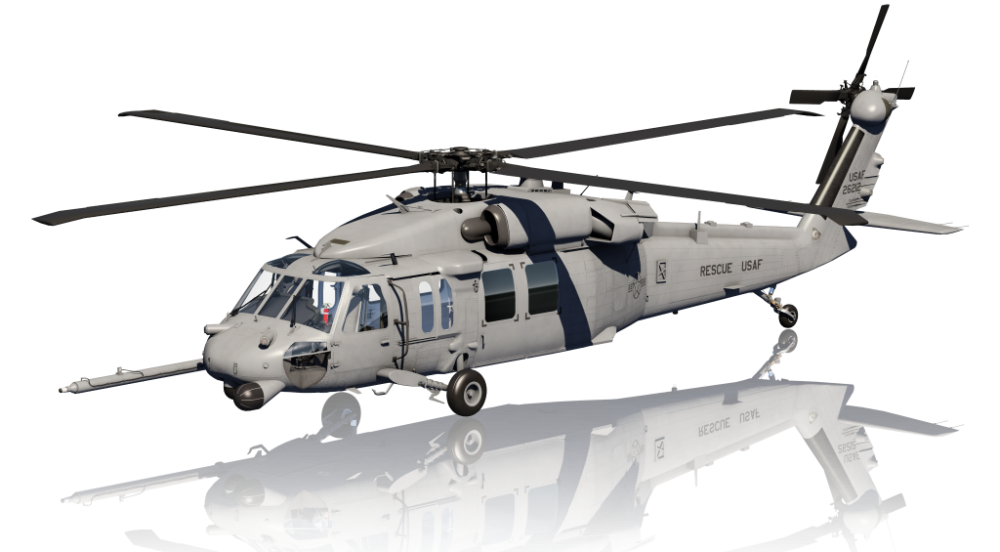The Impact of Sustainable Practices on the Future of Aircraft Workflow and Emissions Reduction
As the aeronautics sector deals with increasing examination over its ecological impact, the adoption of lasting techniques emerges as an important pathway toward future aircraft procedures and exhausts reduction. Developments in lasting aviation fuels and advancements in hybrid propulsion innovations stand at the leading edge of this transformation, appealing significant decreases in greenhouse gas emissions.

Summary of Lasting Practices
Sustainable techniques in airplane procedures incorporate a variety of approaches focused on minimizing environmental effect while keeping functional effectiveness. These methods are vital in the aeronautics market's commitment to reducing its carbon impact and adhering to global ecological requirements. Key campaigns consist of enhancing flight paths to reduce gas intake, boosting maintenance methods to make sure aircraft operate at peak performance, and executing advanced technologies such as winglets and lightweight materials that enhance the rules of aerodynamics.

Engaging and training personnel on sustainability techniques likewise play a crucial role, cultivating a culture of ecological obligation within companies. On the whole, the combination of these sustainable methods not just helps reduce exhausts yet likewise enhances the lasting feasibility of the aviation market, ensuring it meets the needs of both consumers and regulative bodies while adding to international sustainability goals.
Ingenious Gas Alternatives
Countless innovative fuel alternatives are arising as pivotal solutions to decrease the aeronautics sector's reliance on traditional fossil gas. Amongst these alternatives, Sustainable Aviation Fuels (SAFs) have gained significant focus as a result of their potential to reduce lifecycle greenhouse gas emissions by as much as 80% compared to standard jet gas. SAFs are obtained from different feedstocks, including waste oils, farming deposits, and also algae, making them a versatile choice for the industry.
Another promising choice is hydrogen gas, which, when used in gas cells, generates just water vapor as a result. This zero-emission prospective presents a considerable chance for decarbonizing flight procedures, particularly for short-haul flights and regional aircraft. In addition, electrical propulsion systems are being checked out, leveraging battery modern technology to power aircraft. While current battery ability restrictions array and payload, continuous advancements might soon render electric trips practical for details applications - uh 60.
Lastly, biofuels originated from biomass are being explored, using a renewable alternative that can be mixed with typical gas. Collectively, these innovative gas options stand for an essential step towards attaining a lasting air travel ecological community, aligning with international emissions decrease targets and boosting the market's environmental stewardship.
Technological Improvements in Air Travel

How can technical innovations reshape the future of aviation? Advancements such as electrical and hybrid propulsion systems are at the leading edge, encouraging substantial reductions in gas intake and greenhouse gas exhausts.
Furthermore, the execution of sophisticated products, such as lightweight compounds, adds to enhanced aerodynamics and gas effectiveness. The usage of fabricated intelligence and artificial intelligence in trip procedures enhances path preparation and decreases gas burn by enabling real-time adjustments based upon climate and website traffic conditions. Furthermore, the advancement of autonomous and remotely piloted aircraft systems stands to reinvent freight and passenger transportation, potentially raising effectiveness while reducing human mistake.
Additionally, sustainable aeronautics technologies, including advanced air traffic administration systems, can reduce and improve procedures blockage, bring about lower emissions throughout flight. These advancements jointly represent a paradigm shift in aviation, guaranteeing a future where sustainability and operational effectiveness are intertwined, thus supporting the industry's commitment to lowering its ecological influence.

Regulatory Framework and Compliance
In light of the expanding emphasis on environmental stewardship within the aviation industry, the regulative structure controling airplane Read Full Article procedures is progressing to promote sustainable practices. Governing bodies, such as the International Civil Aviation Organization (ICAO) and numerous nationwide aviation authorities, are presenting stringent standards focused on lowering discharges and boosting functional effectiveness.
These laws frequently consist of the fostering of Sustainable Aviation Fuel (SAF), which has actually been acknowledged as an essential part in achieving reduced carbon footprints. Conformity with these guidelines calls for airline companies to carry out operational techniques and sophisticated modern technologies, such as optimized flight courses and enhanced air traffic monitoring, to reduce fuel intake.
Furthermore, the enforcement of emissions trading systems and carbon offsetting efforts is ending up being increasingly widespread, engaging airlines to check and report their discharges precisely. Non-compliance can result in considerable penalties, therefore pressing drivers to focus on sustainability in their organization designs.
Inevitably, the advancing governing landscape not just drives development and financial investment in green technologies yet also fosters a culture of accountability within the air travel sector. As these frameworks remain to develop, the emphasis on sustainable techniques will certainly be important to attaining the industry's lasting environmental objectives.
Future Trends in Aircraft Operations
As the aviation sector adapts to an increasingly strict regulatory atmosphere, future trends in aircraft procedures are established to concentrate on ingenious services that further boost sustainability and effectiveness - uh 60. Secret advancements will likely include the fostering of sophisticated air web traffic administration systems, which utilize real-time data and man-made knowledge to enhance trip courses, decreasing fuel usage and discharges
Another substantial fad is the enhanced integration of lasting aviation fuels (SAFs) These options to traditional jet gas, stemmed from sustainable resources, can dramatically decrease lifecycle greenhouse gas discharges. The market's commitment to SAFs will likely speed up as airline companies team up with gas producers to ensure availability and cost-effectiveness.
Additionally, the push in the direction of electrification and crossbreed propulsion systems is obtaining momentum. Arising aircraft styles will integrate these innovations, supplying quieter and much more reliable operations, have a peek at this site specifically for short-haul trips.
Verdict
Finally, the assimilation of lasting techniques in aircraft operations holds considerable capacity for exhausts reduction and boosted performance. The adoption of lasting aeronautics fuels, paired with innovations in electric and hybrid propulsion systems, is essential for minimizing lifecycle greenhouse gas exhausts. Enhancing flight courses and accepting cutting-edge innovations contribute to a quieter and much more eco friendly aviation market. Collectively, these initiatives align with global sustainability goals and lead the means for a greener future in air travel.
Advancements in lasting air travel fuels and innovations in crossbreed propulsion technologies stand at the leading edge of this change, encouraging significant reductions in greenhouse gas emissions.Many look at here now ingenious gas choices are emerging as critical remedies to decrease the aeronautics market's dependence on conventional fossil fuels - uh 60. Among these options, Lasting Aeronautics Fuels (SAFs) have gotten considerable attention due to their prospective to decrease lifecycle greenhouse gas exhausts by up to 80% contrasted to conventional jet gas.An additional significant fad is the boosted integration of lasting aviation gas (SAFs) The fostering of sustainable aviation gas, combined with developments in hybrid and electrical propulsion systems, is crucial for minimizing lifecycle greenhouse gas emissions